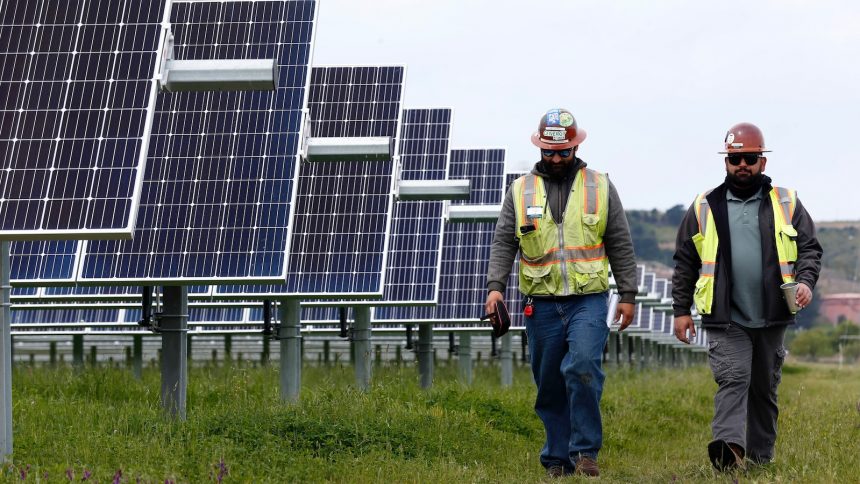During its latest session, the Supreme Court’s conservative majority struck down federal agencies’ authority to develop and enforce policies, particularly those aimed at addressing climate change. These decisions have caused chaos for courts dealing with a wide range of issues, from solar project approvals to vehicle emissions regulations. This legal landscape upheaval will likely slow down progress on climate action, causing concern among legal experts who had predicted these limitations on federal authority earlier this year.
One key ruling overturned the longstanding Chevron doctrine, which had granted federal regulators broad discretion to interpret unclear laws based on their expertise. Additionally, a ruling eliminated the statute of limitations on lawsuits against federal regulations, allowing challenges to any policy regardless of its age. Another ruling invalidated the use of in-house administrative law judges, while a separate ruling blocked a federal smog reduction plan in Ohio v. EPA, benefitting polluters and critics of EPA regulations.
The Supreme Court’s decisions have sparked a flurry of litigation, prompting lower courts to reconsider previous rulings in light of these new constraints on federal agency authority. This return to lower courts for review could delay decisions and limit the effectiveness of federal policies, particularly those addressing climate change. The agencies responsible for implementing these policies now face greater scrutiny and legal challenges, leading to increased uncertainty.
With Chevron deference no longer in play, courts have more discretion in ruling on agency interpretations of federal law, potentially causing further delays and uncertainties in the implementation of key policies. This legal chaos could discourage agencies from pursuing aggressive actions needed to address the climate crisis, as the fear of extensive judicial review looms.
The fossil fuel industry and other polluters have taken advantage of the Supreme Court’s recent decisions to challenge environmental regulations more aggressively. The industry’s increased legal challenges signal a reactive shift in legal strategies, emboldened by recent Supreme Court wins. This onslaught of legal battles further emphasizes the need for clarity and consistency in legal interpretations surrounding environmental regulations.





